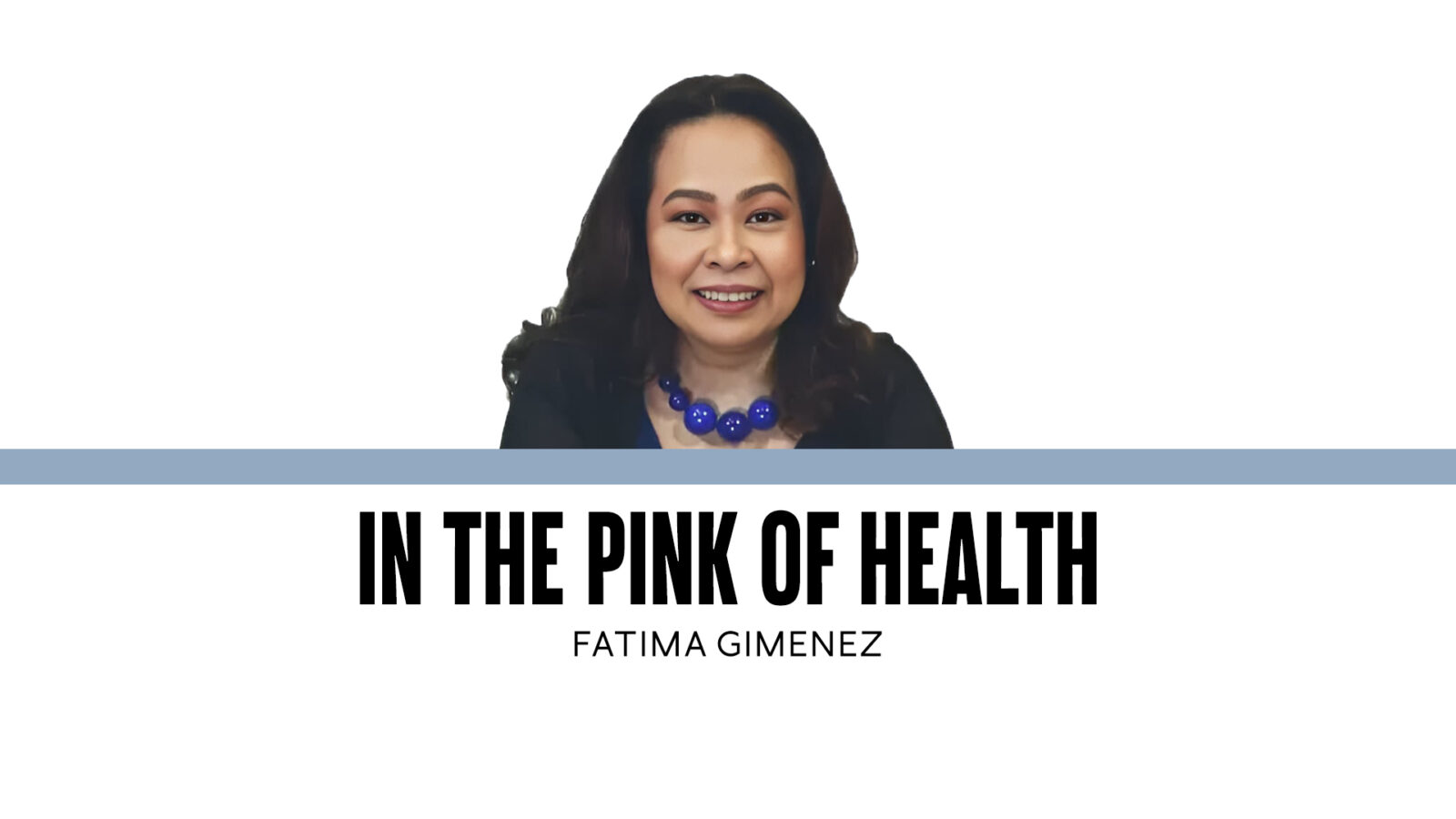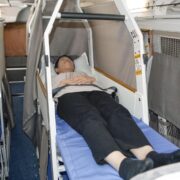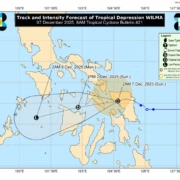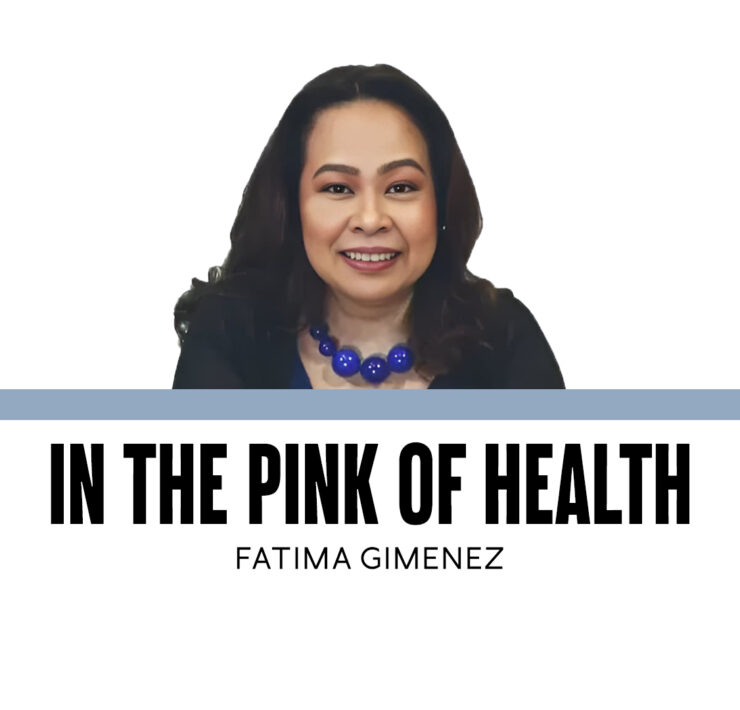I beg your pardon

How is your mommy doing? “She is okay and settled back in her own home. Thankfully, we finally got a caregiver after several months of hitting and missing.” Her mom is 92 and was recently diagnosed with dementia.
“One of the earliest signs that Daddy had dementia was when he couldn’t figure out his way back home.”
“I visited after he suffered a stroke, but I was so sad that he didn’t recognize me.”
“I have learned to live with his condition, but it is never easy. One thing that helped was the establishment of a routine and providing a familiar and safe environment.”
“Mommy was a little irritated that we were entertaining the thought of her having dementia. Her doctor put our fears to rest.”
Globally, according to the World Health Organization, dementia is “the seventh leading cause of death and one of the major causes of disability and dependency among older people,” with affected individuals living mostly in low- to middle-income countries. In the news lately, the Department of Health stated that there are around 1 million Filipinos living with dementia.
While most of us are aware of the condition, how familiar are we with identifying early signs and symptoms? How much of being forgetful is worrisome? Isn’t it expected as part of aging? Is there a genetic predisposition? What are the risk factors? Can it be prevented? Is there a cure?
Accepting my limitations, as it is beyond my field of expertise, I went through literature in an effort to gain more knowledge and hopefully succeed in helping promote improved public awareness. All of us need to equip ourselves with basic information, and one does not necessarily have to be a health-care professional. Available data show that self-reporting is hardly the case, and it is usually the spouse or those who take care of the affected individual who notice a decline in cognitive function.
I was fortunate to talk with a good friend and colleague, whose special interest was in dementia, and who was involved in the validation of a screening tool, which he said was designed specifically for general practitioners and caregivers. It can be downloaded from the website of the Dementia Society of the Philippines.
Dementia is defined by the Diagnostic and Statistical Manual of Mental Disorders-5 (DSM-5) as an ”acquired disorder characterized by a decline in cognition involving one or more cognitive domains (learning and memory, language, executive function, complex attention, perceptual-motor, social cognition).” Of the neurodegenerative disorders that cause dementia and include Parkinson’s disease, frontotemporal dementia and dementia with Lewy bodies, the most common is Alzheimer’s disease.
While memory loss is a common finding, the signs and symptoms of dementia may overlap or mimic other conditions. What makes it significant is the presence of a considerable decline from baseline, which impairs daily activity. Examples include difficulty remembering where things are placed or completing routine daily tasks; getting lost in familiar places; being disoriented to place, date, and time; or exhibiting unexpected changes in behavior such as extreme depression, frequent irritability, or becoming highly suspicious.
How do we prevent the disease? While there is no foolproof plan or prophylaxis, there might be modifiable lifestyle changes that may be employed to reduce the risk. Obesity, hypertension, diabetes, and smoking have been implicated as predisposing factors, and while control is not specific to avoiding dementia, it may serve to improve overall health. Among the nonmodifiable ones, age remains the biggest risk factor. Studies have shown that individuals above 60 are more affected, and the condition is more common among those 80 years old and above. A family history can be a risk for some disorders. With Alzheimer’s in particular, having a first-degree family member, especially if diagnosed at a younger age, has been reported to place an individual at higher risk. But even with the discovery of a gene called APOE epsilon 4, which increases the chance of Alzheimer’s, available findings show that approximately only half of those with this gene develop the disorder by age 90, which suggests that there might be other contributory factors. Therefore, testing for this gene is not routinely recommended, nor is routine screening in general done for asymptomatic individuals. In the likelihood of having a high index of suspicion, seek consult with the experts who can prescribe a workup to confirm the diagnosis and institute management, including caregiver education.
A mentor keeps me grounded whenever the subject of aging and dementia comes up, and I relay my fear of being part of the numbers. He never fails to remind me not to dwell on things that are not in the present and to be accepting of the natural course of events. Wise words.


















Individual rights to one’s image